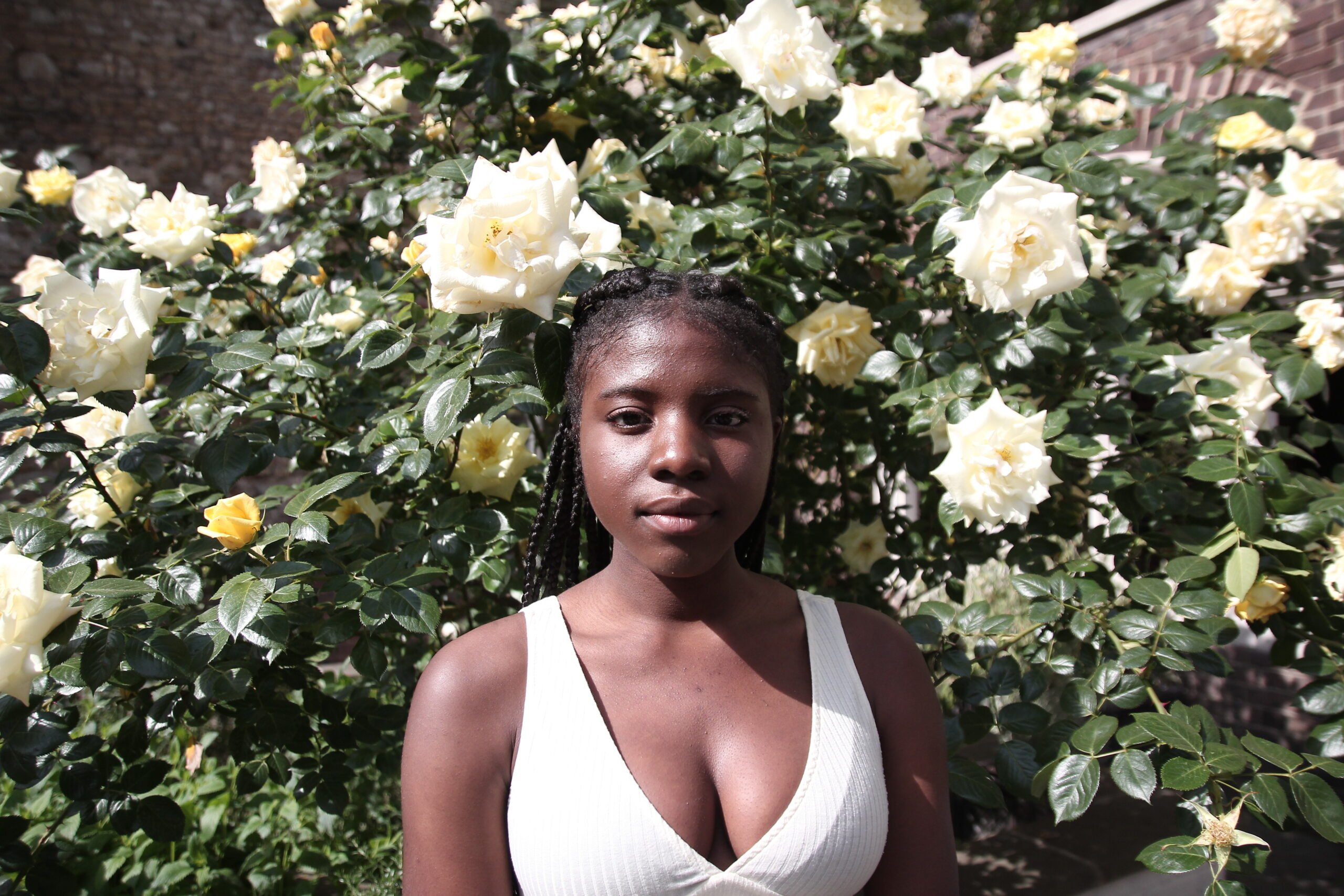As cities wage a war on wee, the UK public toilet crisis intensifies

There aren’t a lot of things that warrant the word ‘war’. There is the war on drugs, which gained its name from the decimating way the US government decided to crack down on the production, distribution, and consumption of drugs. Then there is the war on terror which is a military campaign linked to the US to describe its activities in the Middle East after 9/11 and now there is the—drumroll please—war on wee. Although this war is way less violent, it is certainly taking a drastic toll on the British public.
The war on wee is a response to a sharp increase in public urination that has occurred throughout the UK. The Scottish police, for instance, recorded a 392 per cent increase in public urination crimes in February 2022 compared to the same period a year before. Also noting an increase in public urination, the Cheltenham council in England encouraged home and business owners to paint their houses or storefronts with hydrophobic paint. The paint is designed to cause water to return in the direction of its source, thus spraying a public urinator with their own pee in they attempt to desecrate private property.
@cullenkim0 London’s Public Weeing Crisis Explained 🚽 #vlog #vlog #adventure #trip #fyp #foryou #trending #viralvideo #viral 59
♬ original sound - cullenkim
However, revenge tactics like these were widely critiqued because the rise of public urination isn’t due to people becoming more rude and brazen. The crime is on the rise because people are becoming more desperate amid a nationwide public toilet crisis.
In 2016, the BBC reported that at least 1,782 facilities have closed across the UK in the last decade. Meanwhile, about 50 per cent of the public toilets in London have been closed. Raymond Martin, managing director of the British Toilet Association, confirmed this in an interview with The Guardian, where he stated that the UK has lost roughly half of its public toilets.
As a result, wild toileting has become commonplace, with some men even urinating through letterboxes. Furthermore, people report dehydrating themselves to avoid peeing while they are out.
A reason for the rapid decline in public toilets and the increase in public or wild toileting is the COVID-19 pandemic. It led to the closure of many public restrooms, some of which did not reopen. Further adding to the crisis was a lack of council budgets for street cleaning. The pandemic increased the costs of cleaning rapidly, draining their budgets. This may be the reason why a report by the London Assembly Health Committee from November 2021 found that 91.3 per cent of respondents think the capital’s public toilet facilities are inadequate.
@niickjackson this is CRAZY #greenscreen
♬ original sound - Nick Jackson
“There is no legal requirement on any local authority in this country to provide toilets,” Martin said in an interview with The Big Issue. “And because there’s no legislation, there’s no additional funding. Councils suddenly had to make significant savings. They had to clean the streets, empty the bins, bury the dead, look after schools and roads, but not toilets.”
To counteract this downward trajectory of public bathrooms, the Green Party proposed to spend £20 million on new toilets at underground stations this year. However, this proposal was rejected by the Labour London assembly members. Instead, London Mayor Sadiq Khan proposed to put funding aside for a feasibility study to explore the concept. “TfL will undertake a feasibility study in relation to more toilets for the public being made available on the transport network,” he stated.
@jdandyfilms London has a toiket problem #london #uk #travel #travelmore #travellife #adventureseekers #roamtheplanet #lovetotravel #toilet #londonlife #travelguide #adventure #traveltiktok #england #europe #interesting #fyp
♬ Skibidi Toilet - Sped Up - Lil Big Stack
Public satisfaction with cleaning in public places is also at its lowest in five years, according to a report by the Association for Public Service Excellence.
The Health Committee, which was very concerned about these findings, noted that public toilets were “integral” to making London accessible and inclusive since the closure of public toilets can also have a significant impact on people’s health, especially those with medical conditions that necessitate frequent toilet use.
“It is human dignity. You’re abusing people’s rights. Toilets are something we need as a human species. We have to get rid of the poisons. When we eat and drink that turns into poisons and urine and we have to get that out of our bodies otherwise we get sick,” Martin said.
In light of these facts, wild toileting does not seem as odd anymore. It’s the natural response to a human urge when society stops to cater for it.
A report from the Royal Society for Public Health (RSPH), entitled Taking the P*** published in 2019 showed that for 20 per cent of people, the fear or knowledge of not having adequate toilet facilities near them can tie them to a small distance of their home. The phenomenon was called the “loo leash.” However, for those with medical conditions, the situation is much direr. For some of them who might be required to use the toilet more frequently, this figure rises to 43 per cent.
Being able to hold a bladder is a privilege not often thought about. However, for those of us who do not have it, leaving the house is less of an option amid this crisis. According to the women’s bladder care company Jude, 60 per cent of women and overall more than half of people surveyed feel stressed, worried, anxious or panic-ridden when they cannot find a public toilet. A further 37 per cent of people indicated that they have hesitated on or cancelled going out to cope with a failure of public toilet provision.
So, while councils and cities might fight and analyse the urge of humans to pee now, these resources would be way better invested in affordable and clean facilities.





